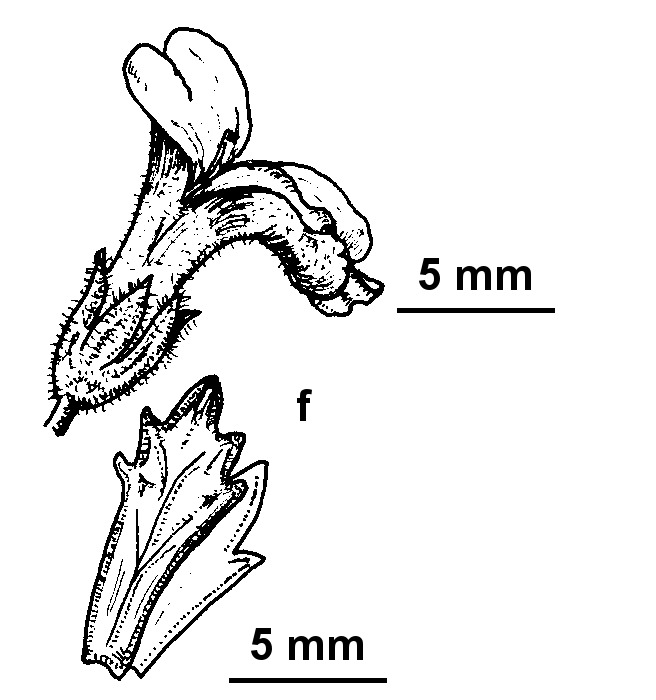Euphrasia collina subsp. muelleri
J. Adelaide Bot. Gard. 5: 209 (1982)
Taxonomic status
Accepted
Occurrence status
Present
–
endemic
Origin
Native
Degree of establishment
Native
Threat status
FFG:
Endangered (EN)
• EPBC:
Endangered (EN)




